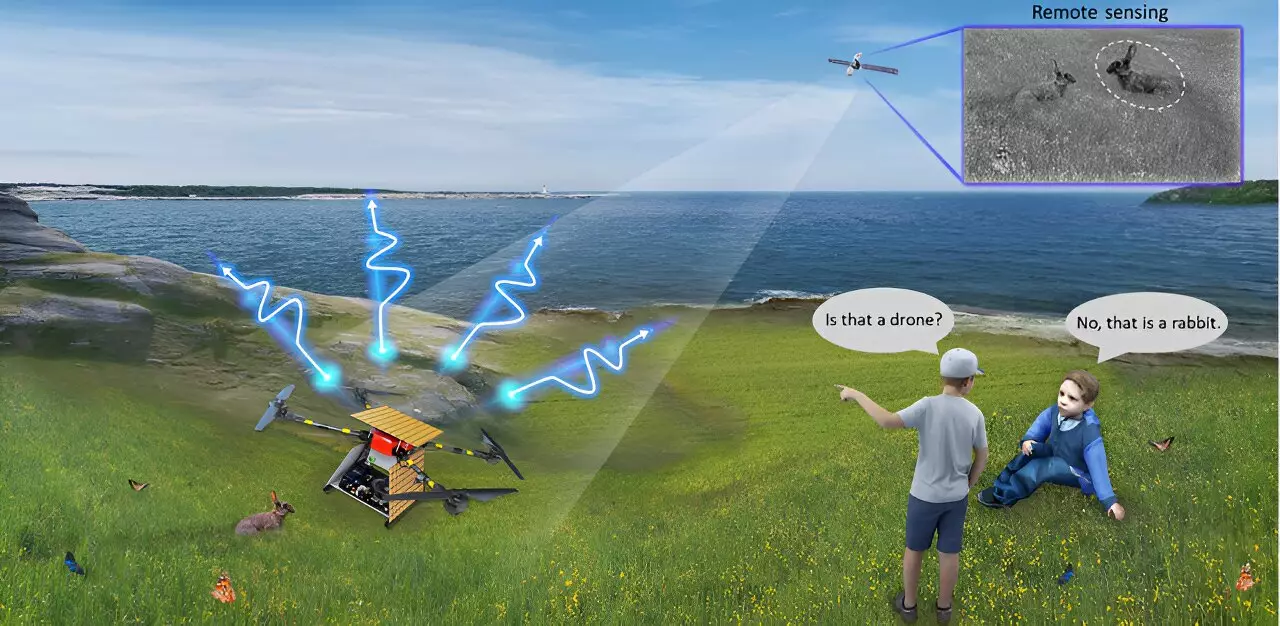The concept of objects disappearing seamlessly has been a fascination for both scientists and the general public. From basic camouflage techniques to the highly advanced metamaterial-based cloaks of today, the evolution of invisibility technology has been nothing short of remarkable.
Researchers at Zhejiang University have recently made significant progress in the field of invisibility cloaks by developing an intelligent aero amphibious cloak. This cloak is capable of maintaining invisibility in dynamic environments, effectively neutralizing external stimuli. This achievement was recognized in Science as one of the “125 questions: exploration and discovery”.
Despite the emergence of various invisibility cloak prototypes over the years, the development of an aero amphibious cloak that can manipulate electromagnetic scattering in real-time across changing landscapes remains a significant challenge. This is due to a variety of hurdles, including the requirement for complex-amplitude tunable metasurfaces and the need for intelligent algorithms to address issues like non-uniqueness and incomplete inputs.
To tackle these challenges, the team at Zhejiang University introduced a self-driving, cloaked unmanned drone. This drone integrates perception, decision-making, and execution functionalities seamlessly. By applying spatiotemporal modulation to reconfigurable metasurfaces, the drone can customize scattering fields in space and frequency domains. The researchers also developed a generation-elimination neural network, known as stochastic-evolution learning, to guide the spatiotemporal metasurfaces. This network helps to automatically find optimal solutions with maximum probabilistic inference, overcoming the inherent challenges of inverse design.
In a groundbreaking experiment, the team successfully demonstrated adaptive invisibility across sea, land, and air using the unmanned drone platform. By combining spatiotemporal metasurfaces, deep learning, and advanced control systems, they were able to extend the capabilities of invisibility cloaks to aerial platforms. The integrated neural network acted as a sophisticated commander, managing the interaction between waves and metasurfaces effectively.
This breakthrough in invisibility cloak technology not only opens up new possibilities for applications but also paves the way for future research in materials discovery and adaptive meta devices. Moving forward, further advancements can address existing limitations such as bandwidth constraints and challenges related to full polarization, bringing us closer to achieving truly seamless invisibility in real-world scenarios.



Leave a Reply